France: Day 6 - Adding to the Pack

We ate enough roasted duck last night to feed a small family. You can probably harvest my liver at this point and spread it over a piece of toast with the rest of the fois gras on the table. Today we needed to be on our game, however. We couldn't go too crazy with the food and booze.

The first stop on today's outing was a producer called Chateau de la Grangerie, which was built in the 17th century right next to an old monastery. The church and the housing for its servants was actually built in the 11th and 12th centuries, so it's safe to say that the Armagnac we were tasting today was being aged on hallowed ground.

The chai is actually located inside the entryway to the old church, so we ducked under the gothic masonry and headed into the barrel room.
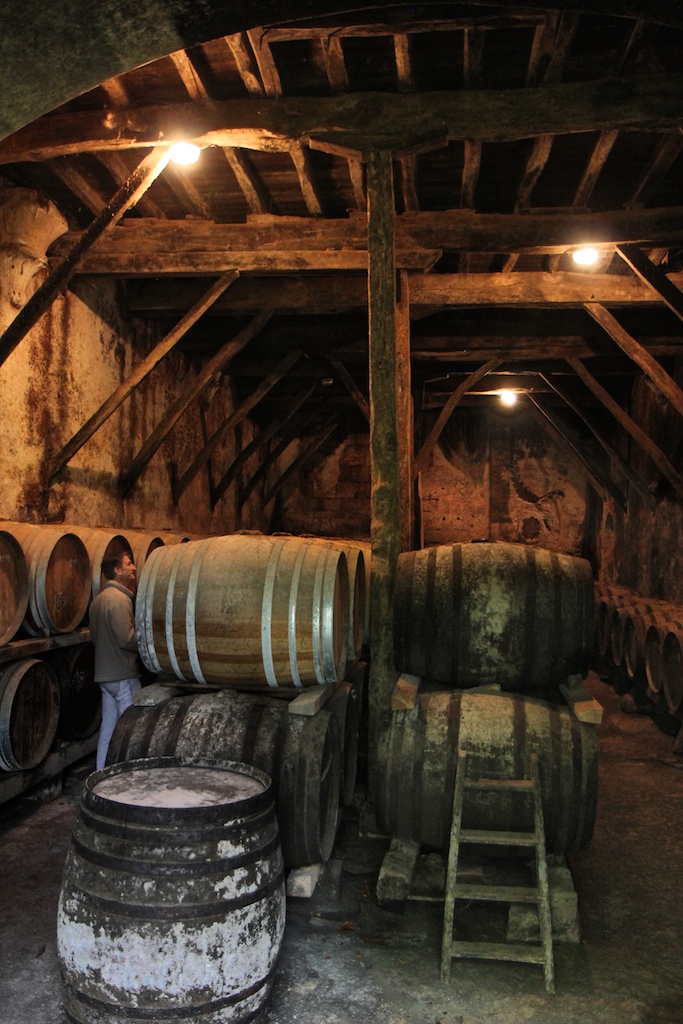
Like many Tenereze producers, Grangerie distills only ugni blanc for its brandies. However, the sandy and gravel-rich soils are much more like the terrain found in the Bas-Armagnac. They fill about ten barrels a year; two of which are used for Floc de Gascogne and one goes to Pruneau—a prune-flavored brandy made by macerating the Armagnac with the dried fruit also grown on the property.
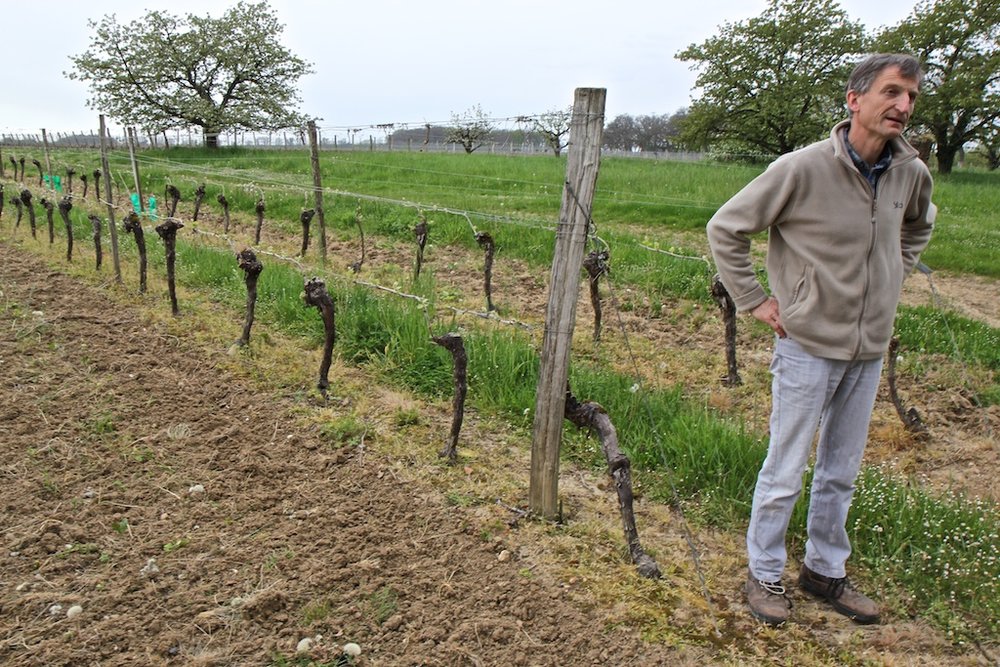
We were very impressed with Mr. Langalerie and his entire operation. The property itself was beautiful and well-kept. The history fascinating. The brandies top notch. We tasted a 2001 vintage that could have passed in a blind tasting for Weller 107. I think we're on to something big here.

After tasting through the ancient monestary, we headed over to a property called Carpoulat—an old estate that once belonged to a wealthy merchant from Guadaloupe who sadly passed away a few years back. Today it's being run by property managers just trying to keep the place together.
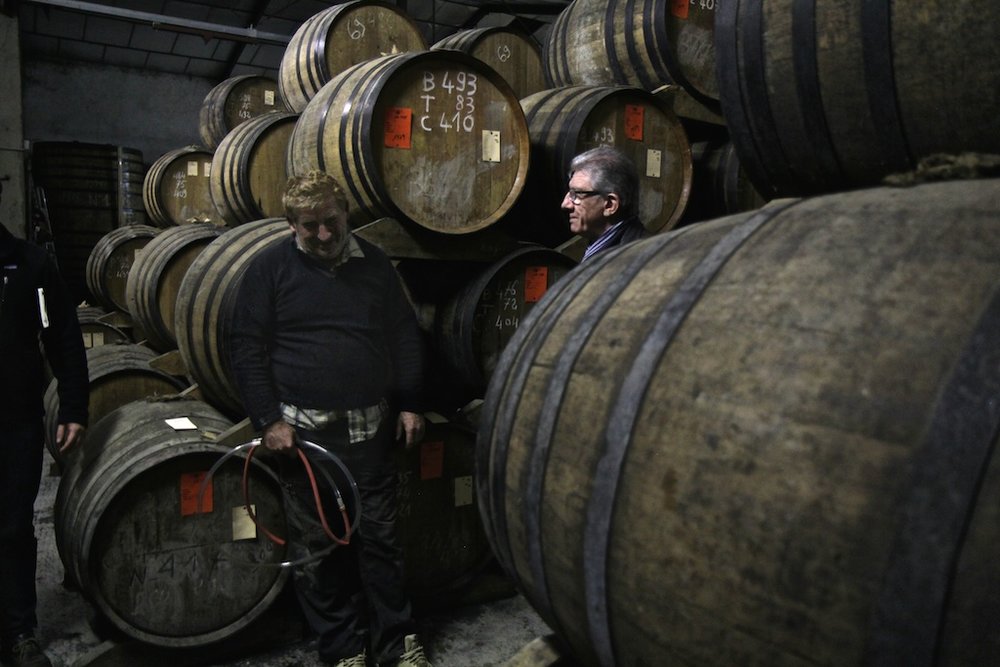
There is a ton of Armagnac sitting in barrel at Carpoulat. Even stuff from the early 1970s! That might excite you, but trust me: it's not necessarily a good thing. That would be like leaving Bourbon in barrel for more than 40 years—it sounds interesting, but in the end all you get is a big mouth full of splinters. In my opinion, the guys need to start taking this stuff out of wood immediately and getting it into glass demijohns. That being said, it's a veritable treasure trove of booze. There could be anything in that warehouse. We started popping bungs like crazy.
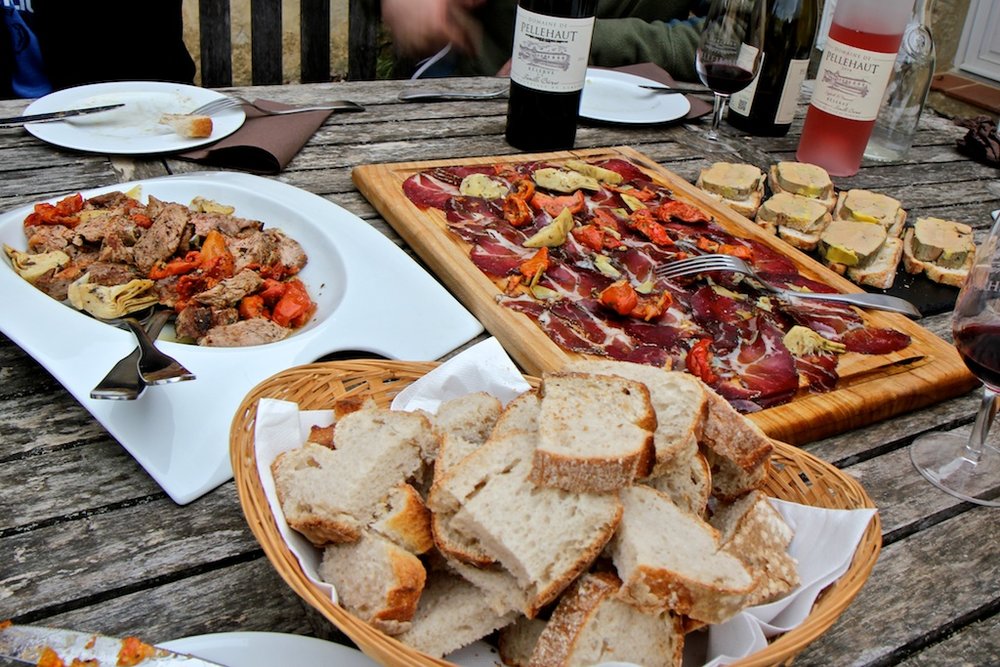
Lunch was spent with our old friends at Pellehaut. Laurent and Mathieu were on hand to greet us and the wine was quickly poured. Pellehaut makes a lot more wine than Armagnac, and most of it is both delicious and extremely inexpensive. Why we're not importing it is beyond me.
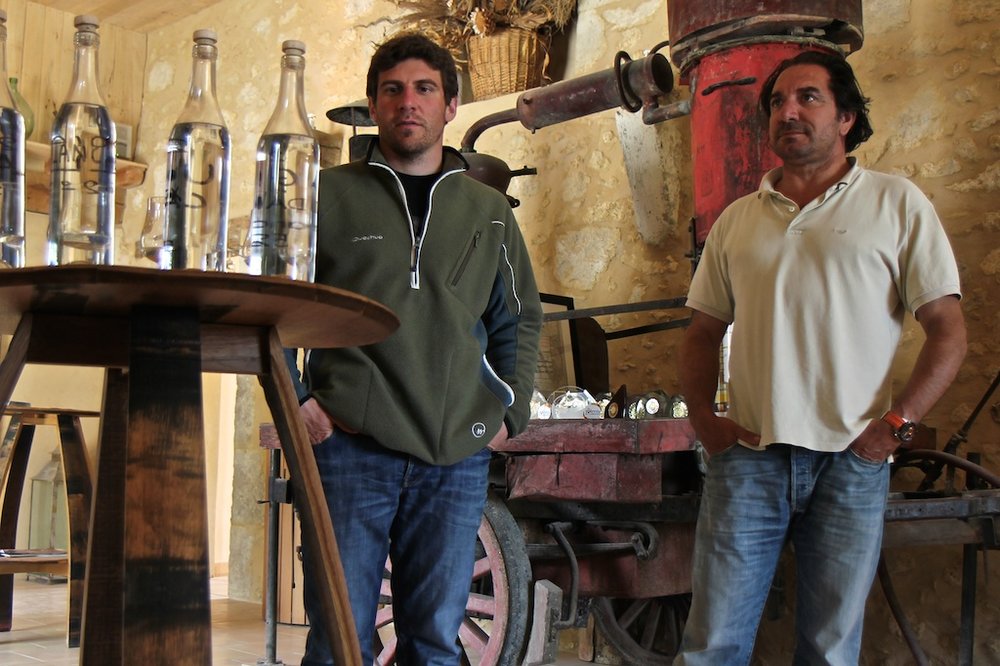
This was our fourth visit to Pellehaut, so there wasn't much else to do other than taste new vintages. We definitely will be adding more to the pile of Age de Glace and 1973 landing in Oakland shortly. Pellehaut is one of the most popular producers we've worked with over the years, so there's no point in slowing down that momentum. Our customers love the quality, price points, and the flavor. What's not to love? Their Armagnacs are rich, fruity, and delicious.
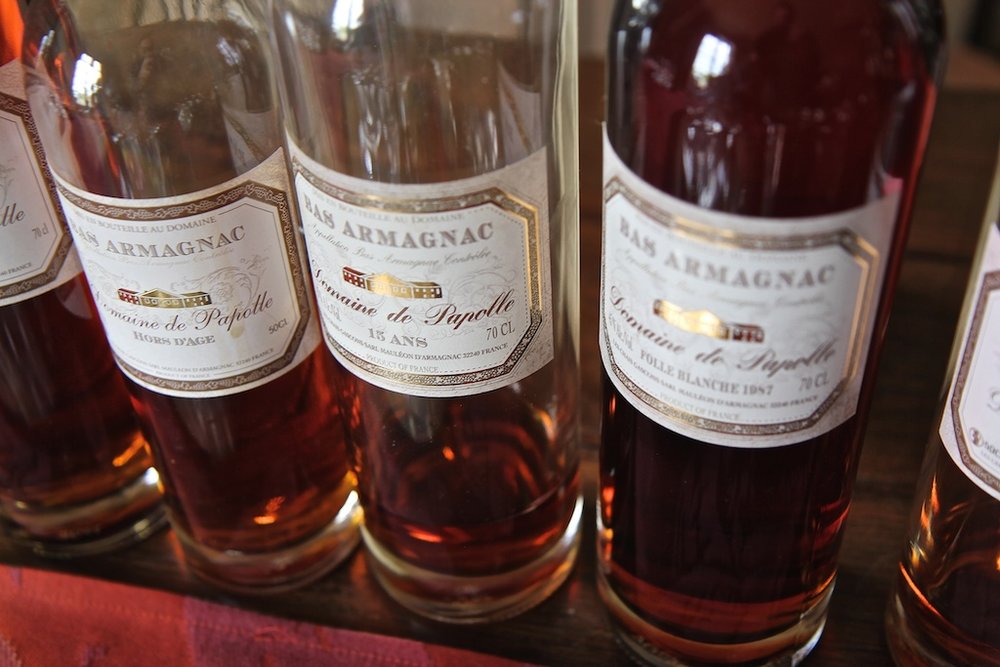
Last up on the schedule was another new producer for us; a domaine called Papolle that was recently purchased from a British businessman by a French family named Piffard. The old house on the property is very Gascogne—dark wooden interiors, old furniture, and artwork full of.....
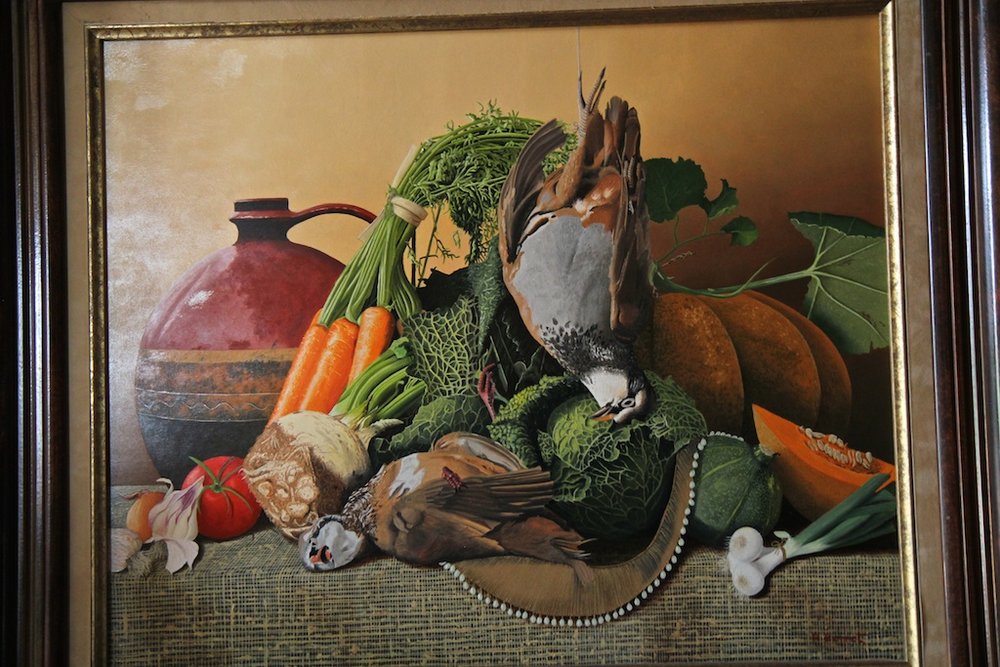
...still-life fruit bowls, half glasses of wine, and a pile of vegetables with dead pheasants. It was quite romantic and almost modernly gothic in style.
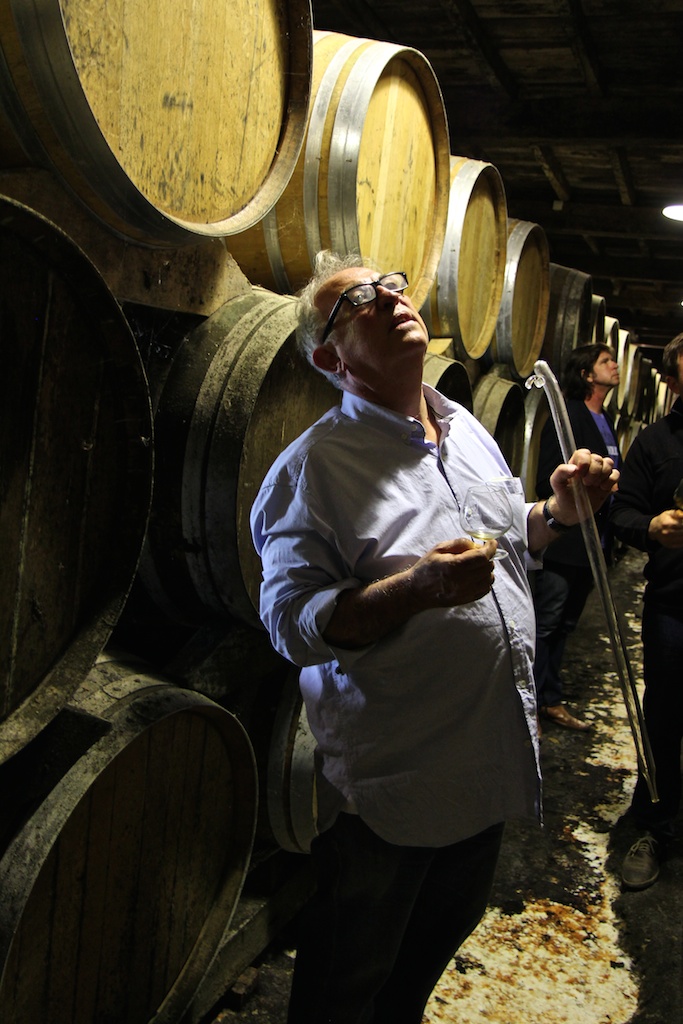
Frederic Piffard, who runs the domaine, was unfortunately in the hospital, so we met with his father who made the original purchase of the estate. He was very nice and more than eager to go romping through the warehouses with us. We liked him immediately. We also liked his wonderful brandies, especially the older baco vintages from the late 70s and early 80s. A wish list was quickly made.

We made a heckuva lot of progress in Gascony this year. Already we've visited more than six new producers from whom we definitely want to start buying Armagnac from. Add them on to the list of properties we're already working with and the roster begins looking quite formidable. We expect our work in Armagnac to be very popular with our spirts clientele, especially when you consider the prices we should be paying for this stuff. With the American whiskey market getting slimmer and more lucrative, Armagnac is the perfect remedy to that issue. It's a lot to take in, and the work isn't easy, but with two dedicated buyers here on the ground we think K&L will be ground zero for all Armagnac fans by the end of the year. We're working very hard to make that happen.

Tomorrow will mark an interesting twist in our spiritual saga. David OG is going to rent a car and head off towards Burgundy, where he'll meet with Michel Couvreur before moving towards the Jura and Switzerland. There are a few single malt producers in the region he thinks might have some interesting products to consider. I, on the other hand, want to continue researching and documenting the brandy producers in the Southwest, so I'll be staying behind with Charles. The plan is to meet back in Calvados by the middle of next week.
There are two Davids, so why not get twice the amount of work done by doubling our efforts? We'll see how it goes!
-David Driscoll
